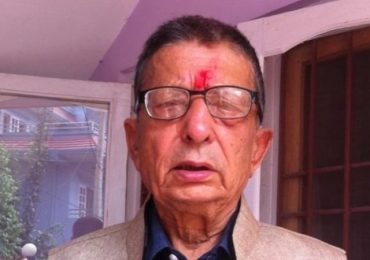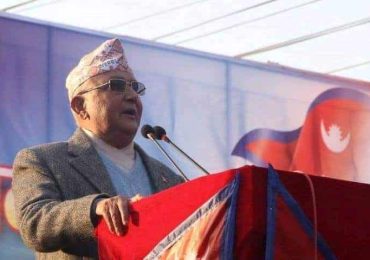For refugees and individuals from the six named countries, the ban is effective almost immediately and will be enforced against any individuals who are outside the U.S.; do not currently have a valid visa, and do not qualify for a waiver or fall under the exemptions created by the Supreme Court.
However, the following individuals who otherwise fall under the auspices of the ban may still be eligible for a visa and admission to the U.S.:
Persons who can demonstrate a close familial relationship to a person in the United States.
Example: Persons who wish to enter the United States to live with or visit a family member.
Persons who can establish a formal, documented relationship with an entity in the United States, where such relationship is formed in the ordinary course (ie. not for purposes of evading immigration laws).
Examples:
Students who have been admitted to universities in the U.S.
Workers who accepted an offer of employment from an American company
Lecturers invited to address an American audience
Persons excepted under EO-2, including:
Any lawful permanent resident of the United States;
Any foreign national who is admitted to or paroled into the U.S. on or after the effective date of this order;
Any foreign national who has a document other than a visa, valid on the effective date of this order or issued on any date thereafter, that permits him or her to travel to the U.S. and seek entry or admission, such as an advance parole document;
Dual nationals of designated and non-designated countries, if such individual is traveling on a passport issued by a non-designated country;
Any foreign national traveling on a diplomatic or diplomatic-type visa, NATO visa, C-2 visa for travel to the UN, or G-1, G-2, G-3 or G-4 visa; and
Any foreign national who has been granted asylum; any refugee who is already admitted to the U.S.; or any individual who has been granted withholding of removal, advance parole, or protection under the Convention Against Torture.
Persons who can demonstrate that denial of entry would cause undue hardship; whose entry is in the national interest; and who do not pose a threat to national security.
EO-2 includes a non-exhaustive list of persons who may qualify for a waiver, allowing visa issuance during the 90-day ban based on undue hardship. Some of the examples given include infants in need of urgent medical care; students returning to the U.S. to engage in a prior course of study; foreign nationals with significant business or professional obligations in the U.S.; and several others.
How long will the Travel Ban Remain in Effect?
The ultimate fate of the Travel Ban remains undecided until the Supreme Court has an opportunity to take up the matter in the Fall Term. Arguments are expected in October of 2017, with a decision not likely before December of 2017. Meanwhile, the 90- and 120-day periods may be deemed to begin on the date the Supreme Court stayed part of the injunction (or yesterday, June 26, 2017), or 72 hours later, June 29, pursuant to a June 14 order from the Trump administration.Theoretically, at the end of the 90 days, the suspension on travel will expire.
Editor: This information shared by Khagendra GC on his Facebook. Posted here as public information.







